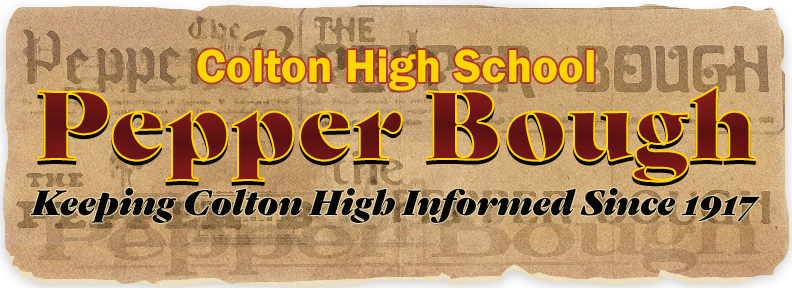Lone Survivor is an independent survival horror game developed by Superflat Games and designed by Jasper Byrne. The creator is slightly known for his other horror inspired indie game, Soundless Mountain II, a retro re-imagining of a popular video game with a similar title, Silent Hill 2. His inspiration to the Silent Hill franchise is very evident even in his more recent work.
Lone Survivor is set in a post apocalyptic world where some sort of disease has created monsters of the inhabitants of Earth. You play as an unnamed masked protagonist who hid in his apartment during the outbreak hoping this would all blow over. The game starts as the protagonist realizes this very well may never just go away and is beginning to run low on supplies. The man struggles with being able to comprehend the world around him as he feels some sort of sickness of the mind is slowly overcoming him and making him doubt what is truly real. There are rarely other human characters in the game, except a few such as “The Director”, a mysterious man who lives in an apartment across from the main character’s and acts as a trader of sort, giving useful items to the player.
The style of the game is very retro and pixilated on a two dimensional plain, which sounds like it would be difficult to achieve actual horror aspects and being able to scare the player, but it instead gives way for very creative methods that the game can invoke fear from the player. The use of eerie sounds and visuals such as a pulsating red tint added to the screen as the character in the game takes damage or becomes too exhausted.
The game is not just about the horror either; there is also the large element of survival. Not only do you need to solve the many puzzles and fight or sneak your way through halls of monsters, you also need to eat, sleep, and scavenge for food. The way this is implemented though is unique, as there is no meter or indicator that is available at all times to tell you that your character needs to eat or sleep. However, during the course of an in-game day the protagonist will think to himself about how exhausted he is or if he’ll need to eat soon, you can ignore these and simply not eat or sleep, but there will be heavy consequences, such as collapsing.
Due to the two dimensional plane, the combat and gameplay mechanics surrounding the monsters had to get a little creative. Throughout the game you find distress flares and rotting meat, these are used to avoid having to actually fight the monsters. The rotting meat attracts them, giving you a chance to hide in crevices and small indents in hallways to crawl behind and past them. Whereas flares render the monsters unable to attack, giving you a few seconds to run past them without being harmed. Flares are limited and rotting meat gives the chance that you may not be able to hide in time before the monster reaches the meat and obstructs your path. This is a very smart mechanic making for tough decisions to either avoid combat or engage the monsters on almost every turn. This risk/reward system is further balanced by the fact that when a monster is defeated it stays down and will never respawn for the rest of the game. This yet again brings out the survival aspect of the game, which truly makes for an experience that keeps you on your toes and never gets repetitive.
The sound design in the game is great, and seems to be where the inspiration from Silent Hill really comes to light. Even when walking through empty corridors with no enemies in sight, subtle sound effects of radio fuzz and footsteps can keep you thinking an encounter could be just around the corner. And when you do happen to encounter an enemy, whether or not you see it, you will certainly hear it when the music swells and the radio static reaches a very jarring peak volume. With the sound being such a pivotal part to the horror experience, it is recommended at the beginning of the game that you play alone, in the dark, and with headphones and the volume up.
The game is also full of plenty of little touches here and there that all add up to fill the game with enough substance to truly make it exceed the worth for its price tag. The world around you very much seems to feel alive in the game, as you progress through in-game days, sometimes there will be new areas or items available, yet these can be completely unrelated to your progress in the story. You move at your own pace, attempting to get as much done until your character becomes absolutely exhausted. Supplies are scarce and when you end up finding an item you need, it feels like a true reward and it is not to be wasted.
All around, Lone Survivor is a unique and decently chilling survival horror experience. I highly recommend it and suggest you ease those worries about the pixilated design and two dimensional gameplay unless that is absolutely something you can’t get past. The game will give you roughly 4-6 hours of gameplay but that seems justified for a game that does have a fair amount of replay value. The game is priced at $9.99 through Valve’s PC game distribution service, Steam and the recently released Director’s Cut for the PS3 and Playstation Vita, is priced at $12.99. The game supports Sony’s “Cross-Buy” service where if you buy it on the PS3 you receive a Vita copy for free and vice versa.



